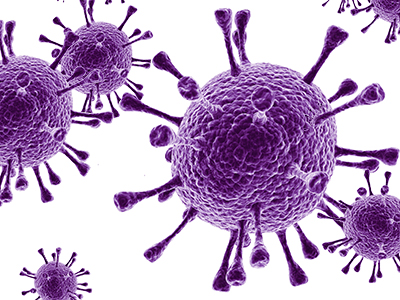Pediatrics / O'Reilly Lab / Projects / Neonatal Hyperoxia on Host Defense
Effect of Neonatal Hyperoxia on Host Defense
 Preterm birth increases the severity of respiratory viral infections through poorly understood mechanisms. Since many preterm infants are exposed too soon and often to excess oxygen at birth, our laboratory developed and uses a unique mouse model designed to understand how high levels of oxygen at birth increases the severity of influenza A virus (IAV) infections in adults.
Preterm birth increases the severity of respiratory viral infections through poorly understood mechanisms. Since many preterm infants are exposed too soon and often to excess oxygen at birth, our laboratory developed and uses a unique mouse model designed to understand how high levels of oxygen at birth increases the severity of influenza A virus (IAV) infections in adults.
We discovered neonatal hyperoxia increased the severity of lung disease in infected mice, as defined by persistent inflammation and development of fibrotic lung disease. It is generally considered that CD8+ cytotoxic T lymphocytes (CTLs) are the principal means for viral clearance and host resistance in a primary infection, whereas virus-specific antibodies, CD8+ CTL, and CD4+ T cells are important for memory responses. However, neonatal hyperoxia does not affect the production of infectious virus, ability to clear virus from the lung, the production of virus-specific antibodies, or cytolytic functions of CD8+ T cells.
Instead, genetic lineage studies revealed the oxygen-dependent loss of alveolar epithelial type 2 cells (AEC2s) impairs alveolar regeneration following infection and this was confirmed by conditionally deleting AEC2s using diphtheria A toxin. Recent studies indicate neonatal hyperoxia depletes AEC2s by stimulating their differentiation into alveolar epithelial type 1 cells (AEC1s) and that these cells are susceptible to infection.
Genetic lineage mapping of alveolar epithelial cells, transcriptional profiling of AEC1s and AEC2s, and infection with recombinant fluorescent reporter strains of IAV are currently being used to understand how neonatal hyperoxia affects the differentiation of alveolar epithelial cells and their susceptibility to viral infection.